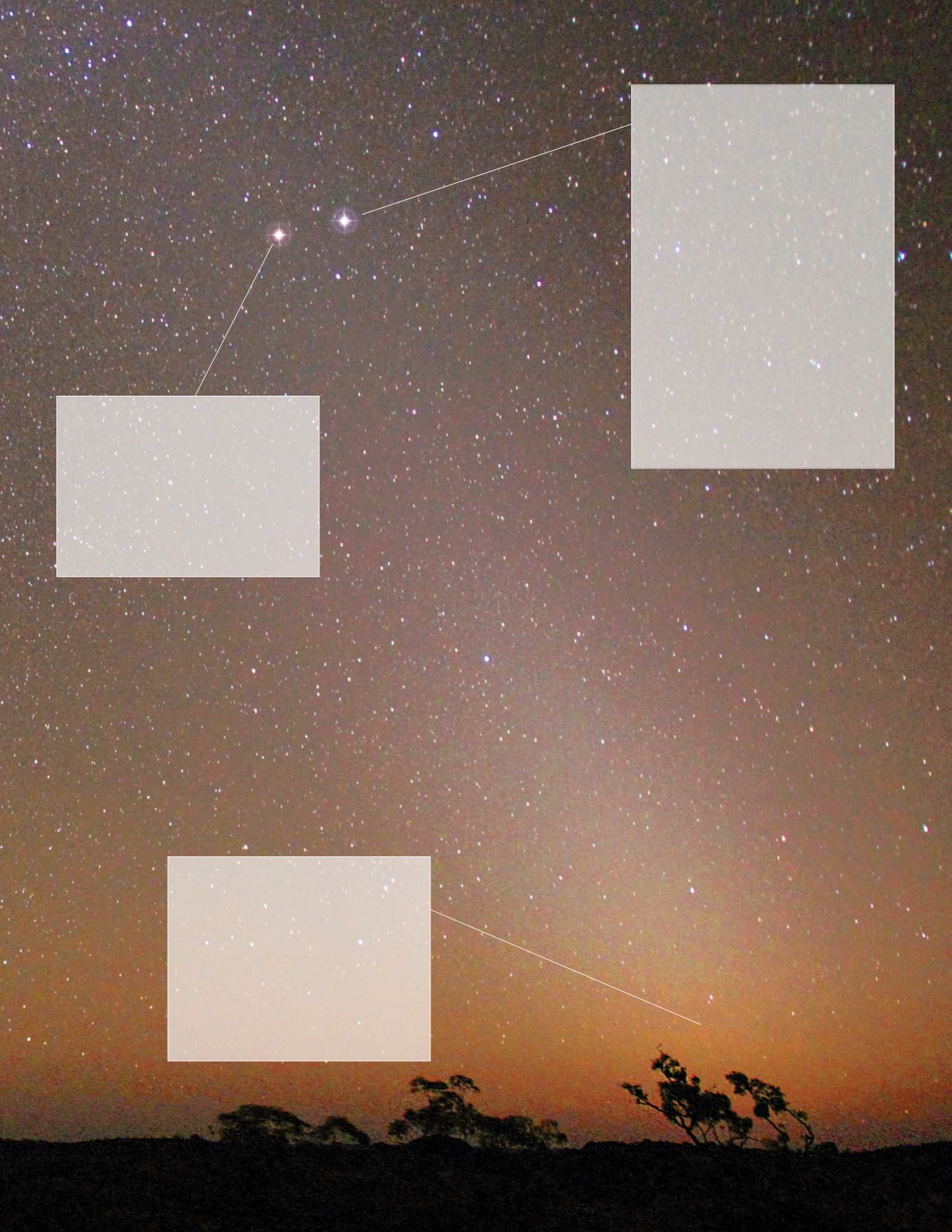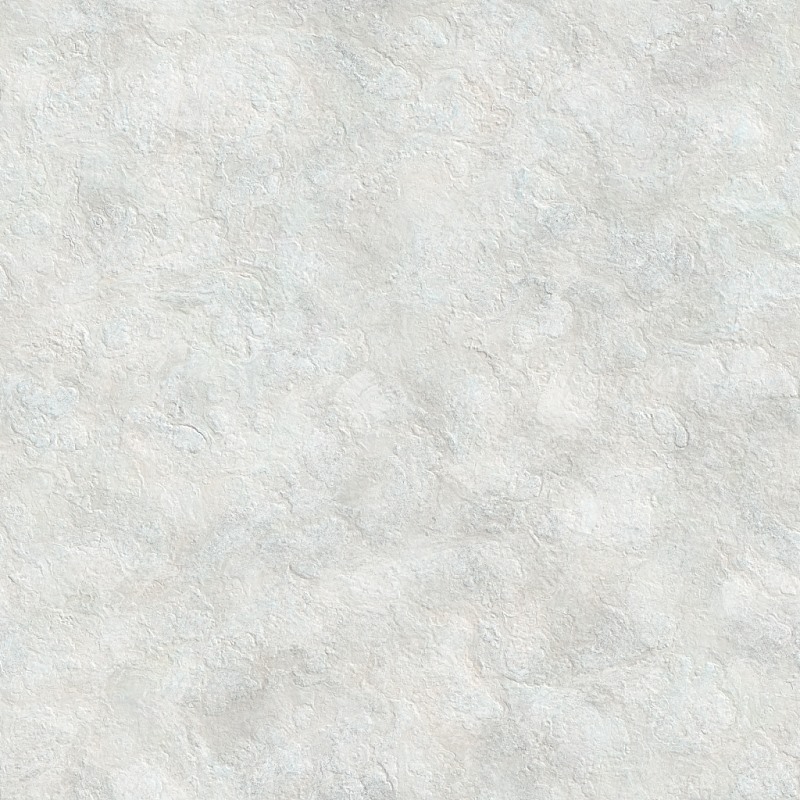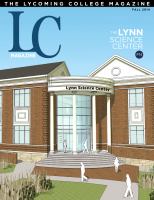

SATURN
Saturn is named for the Roman god of
agriculture. It has a thick atmosphere of
hydrogen and helium, which gradually
turns into an ocean of liquid hydrogen
and helium with increasing depth. Saturn
has about nine times the Earth's diam-
eter, about 100 times the Earth's mass,
and is about 10 times farther from the
sun. Saturn probably is best known for its
big, bright system of rings. Although the
other three big planets in the solar system
(Jupiter, Uranus, Neptune) also have rings
around them, only Saturn’s ring system is
bright enough to be seen even with small
telescopes. Its rings are composed of
LOTS of bits of ice all orbiting the planet
like little moons or satellites. Most of the
pieces of ice range in size from individual
ice crystals (like snowflakes) to snowball
size chunks; a few are larger, ranging
from automobile-size up to house-size
iceberg-like chunks.
MARS
Mars is named for the Roman god of war.
Its orange-red color comes from iron
oxides (rust) in its rocks and soil. Mars has
about half the Earth's diameter, about 1/10
the Earth's mass, and is about 1.5 times
farther from the Sun. It has a thin atmo-
sphere of carbon dioxide, and an average
temperature well below the freezing point
of water.
ZODIACAL LIGHT
The zodiacal light extends from the lower
right corner of the photo up towards Mars
and Saturn. It's produced by sunlight
reflecting off grains of dust in the ecliptic
plane. The ecliptic plane is the plane of
the Earth's orbit around the sun; all eight
major planets (Mercury, Venus, Earth,
Mars, Jupiter, Saturn, Uranus, Neptune)
have orbits around the sun that lie nearly
in the same plane.
OPENING THE
POSSIBILITIES
OF THE
UNIVERSE
1
www.lycoming.edu


















